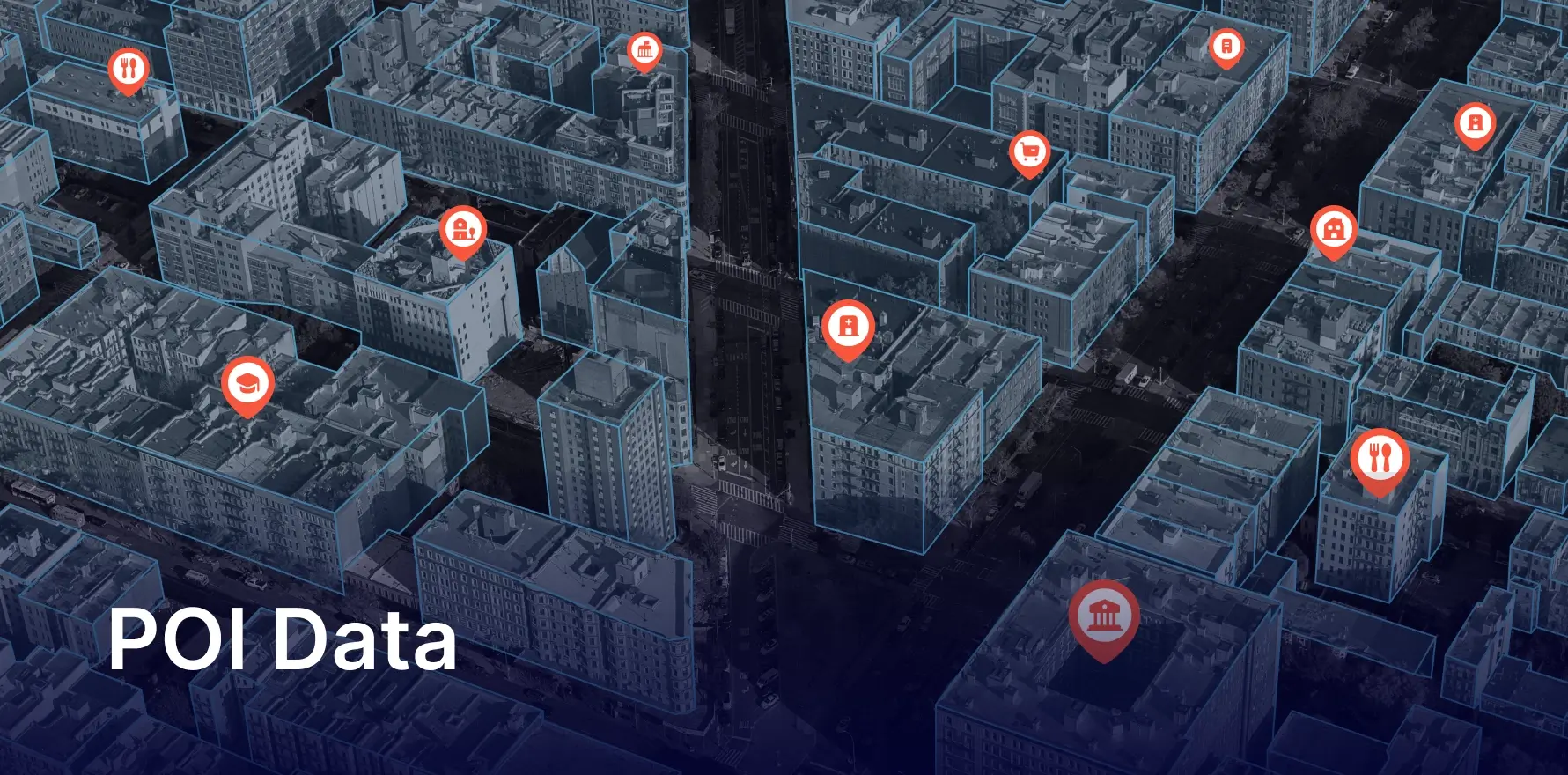Today’s consumers are spoilt for choice. One Google search about a product, or even a website visit, and a million new options come their way, thanks to how digital advertising works in terms of contextual marketing. Take the example of CPG brands in our times. It has been a tough few years for them, due to the DTC tsunami. Once the playing ground of brand loyalty, today’s consumers don’t think twice before switching brands and trying out new brands in their favoured categories.
This begs an important question. Is brand loyalty dead?
At Factori, we believe brand loyalty is far from dead if brands know how to offer the right kind of value exchange to customers. Personalized products, a wholesome supply chain, and hyper-personalized marketing interventions offer the value exchange todays customers need in order to stay loyal to their favourite brands.
But how can brands offer value exchange if they don’t really know their customers?
And, do marketers really know their customers? Are they able to tell the brand affinities of every consumer who walks into their store or browses their website? Do they know if the store shopper Bill is the same Bill who also visits their e-commerce marketplace following every store visit? Are they able to tell the difference between Ellie, the website shopper and Ellie the app shopper? Do they understand each consumer’s buying journey, lifestyle aspirations and more to truly hyper-personalize their marketing and services? Often, despite all talk of hyper-personalization, the answer to all of these questions is a resounding no. Enter identity resolution, or the art and science of mapping a consumers’ first hand engagements with a retail brand to a unique, holistic master identity.
Why identity resolution?
Web browsing. Social media. Messaging. Smartphones. Multiple devices. Online streaming. Physical world check-ins, dating, gaming. Photos and videos. The internet of things. A few apps for every possible human need – e-commerce, work conversations, personal conversations, utility and services, digital payments, banking and fintech, healthcare, fitness and lifestyle, food delivery – you name it. Almost 5 billion internet users around the world. We produce 2.5 quintillion bytes of structured and unstructured data every single day.
Identity resolution securely identifies a customer at an individual level across all of these multiple data sources, channels and devices. It requires a deterministic or probabilistic identifier that can be used to unify a person’s data, attributes, and events across multiple data sources. Without identity resolution, customer data sources sit in disparate silos, more often than not rendering the data useless and ineffective within the new-age ecosystems. Executing a comprehensive customer data strategy means building out an identity resolution component that can merge the silos into a single truth data set.
Identity resolution is proof that no two consumers are alike. It is also the process of telling them apart.
Identity resolution helps brands truly know their customers
Thanks to bringing together disparate data sources to form a single truth about each consumer, identity resolution allows brands to always know who they are marketing to and why. Typically, identity resolution begins with first party data – that is, the retailer’s store, online and mobile CRM data. Once this data across platforms is standardised, identity resolution calls upon third party data sets to develop a more holistic view of the customers across channels and devices. This is the process of creation of an identity graph.
At the core of identity resolution solutions is this identity graph, which is a dynamic, ever-evolving database of customer identities and touchpoints. This database serves as a single source of truth to connect customer data across multiple data sources that can then be used for multiple use cases such as targeting, measurements, and insights.
A sound identity graph database provides accuracy, reach and privacy so customer data can be made effective and is protected at the same time. It typically utilizes deterministic online and offline data sets to unify customer profiles and automatically fill in the gaps whenever a new connection is made. With a cookie-less future in sight, every marketer needs to think about utilizing an identity-first approach around their customer data strategy. Without identity, it is impossible to connect the dots across the customer journey, measure engagement, and deliver personalization for empathetic, memorable customer experiences.
How identity resolution forms a stronger retail landscape
The core use cases of identity resolution include :
Personalization & Targeting – Target the right customers across channels/devices, optimize ad spend by frequency capping and personalize content/ads for improved customer experience. Holistic Customer Insights – Understand customer behaviours across the buying journey and leverage deep insights to make better data driven decisions. Above and beyond these, identity resolution also helps identify households and their needs and personas in addition to individuals. Building lookalike audience segments then brings unprecedented scale to marketing investments among other data use cases within enterprises.
Identity resolution for truly delightful and empathetic brand experiences, in turn encouraging brand loyalty
The strategic role of identity resolution is to give marketers and brands access to anonymized master profiles of each consumer, allowing them to meet the consumer where they are, in moments that matter. Retailers are then able to deliver truly empathetic, memorable customer experiences that translate not only to purchase but to long-term loyalty.
If you are ready to deliver memorable experiences to your customers and win in the age of receding brand loyalty, shout out for a demo. Our identity resolution solution is already delivering it for global brands around the world. We’re ready for the future of brand loyalty. You?
You may also like








